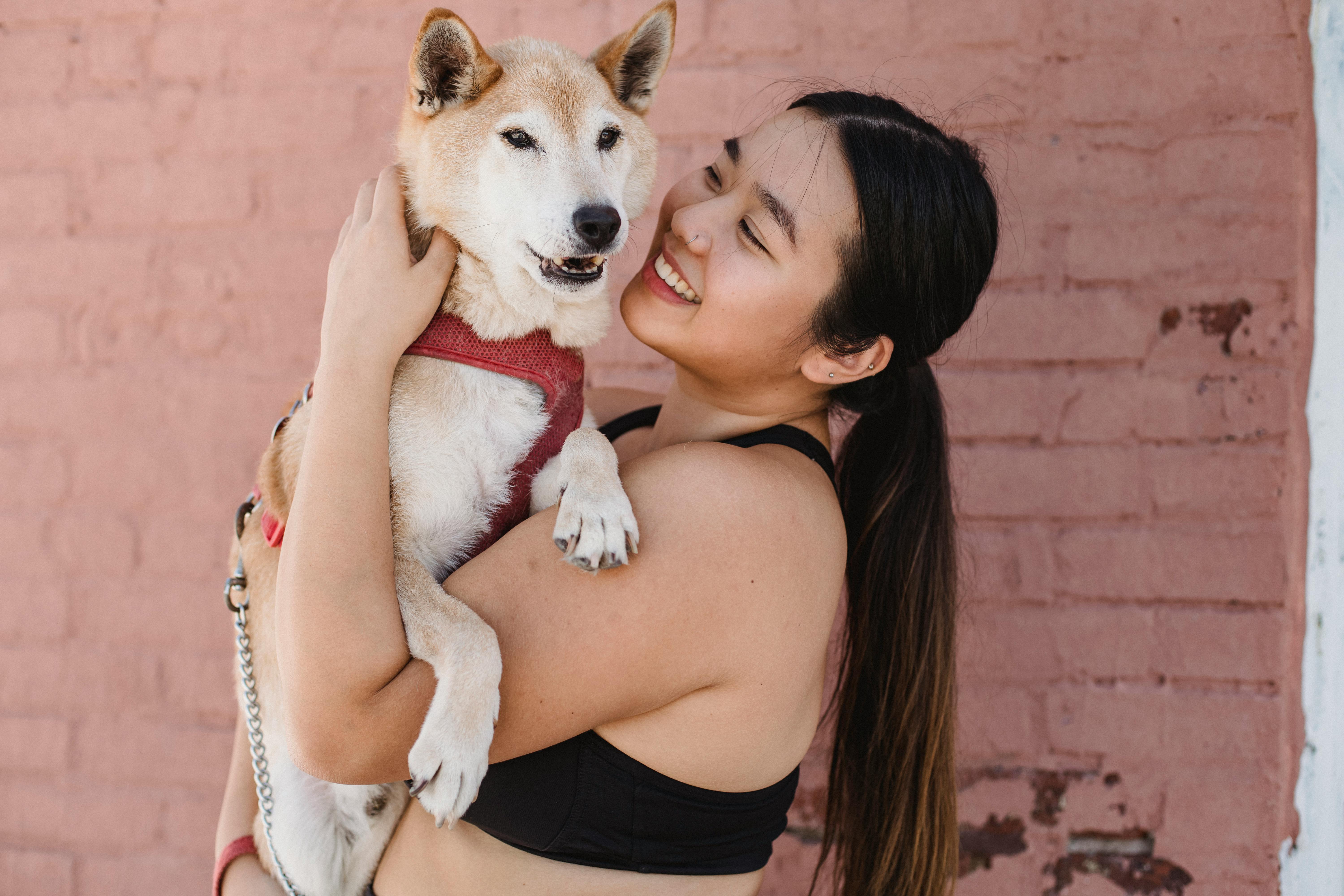Where you locate your birdbath is very important for bird safety as well as for cleanliness issues. Here are some suggestions for placing your birdbath in the best spot, as well as maintaining it wisely.
Place it where you can see it, and near overhanging tree branches or next to a bush to provide a quick escape from any potential predators. At the same time, leave enough open area for a clear view of any approaching hazards. If your bush has low hanging branches that touch the ground, choose a different spot or prune the low branches so predators can’t hide there.
Nearby bushes and/or branches provide a place for birds to preen and quickly dry their feathers. A wet bird is a slow-flying bird and therefore an easy target. Also, a bush or tree becomes a place for birds to safely gather while they wait their turn at the birdbath.
Place your birdbath in a shaded area during the hot summer months to help keep the water cooler and cooler. Instead, in winter place it in a sunny spot to help maintain an ice-free area for birds. You may want to consider an inexpensive low voltage water heater. Just make sure it’s classified properly for security. Additionally, birdbaths are available with built-in heaters. Keep in mind that it’s best to judge how easily your birdbath can be moved before purchasing.
Avoid using birdbaths that have slippery surfaces when wet. Cement is naturally slightly rough. If your birdbath has a slippery surface, you can do what I have done in the past. I add a clean, flat rock or 2 to the bottom of my bath to give the birds a place to “wade.” This also makes a good gripping surface. Birds don’t like a slippery bathtub any more than we do!
The water level is very important. Fill your bath with no more than 2 to 3 inches of clean water. Any more than that and the birds will either avoid it or risk drowning. Keep a clean birdbath. Do not allow algae, dirt, droppings, leaves, etc. accumulate in the water. Would you like to bathe in that thing? Plus, that’s the kind of dirty water that mosquitoes love. Mosquitoes have an average cycle of 7 days from larvae to adults. Make sure to dispose of the old water and replace it with fresh water before those nasty critters become the flying menaces we all hate!
Moving or trickling water is a real magnet for attracting birds to your birdbath. You can make your own dropper. Clean out a gallon jug and poke a hole in the bottom. I have used this method and it works great. Use a large nail to make a hole in the bottom edge of the opposite side of the handle. Use a shepherd’s hook or sturdy tree branch to hang the dripper directly above the tub. Fill the pitcher with clean, cold water and hang it up. Check for a drip, which should be a slow drip, drip, drip. If the drip is too slow, enlarge the original hole a bit or drill another hole until there is a steady slow drip.
Do this carefully. Once the hole is made, it cannot be easily plugged. Try a hole and test it, then enlarge it if the drip is too slow. Keep experimenting until your dripper works properly. Fill your pitcher daily with clean water, or as needed. You should see an increase in traffic around your birdbath with this method.
By following these suggestions, you will have a great and safe place for your birds to splash and drink. Providing clean water throughout the year is absolutely essential for healthy and happy birds. Seeing all the antics and action is also very nice!
